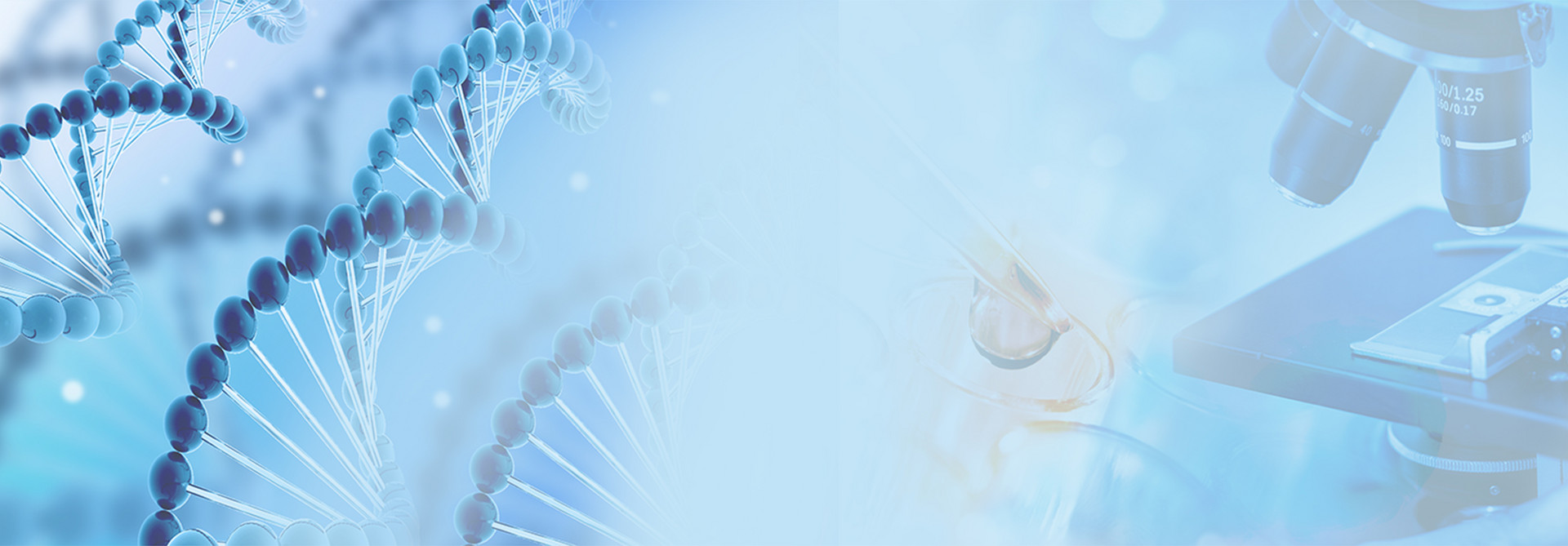After a surprising victory by AI scholars in winning the 2024 Nobel Prize in Physics, the Nobel Foundation announced on the afternoon of October 9th, Beijing time, that this year's Nobel Prize in Chemistry was awarded to three scientists whose work is associated with artificial intelligence. Dr. Demis Hassabis and Dr. John Jumper from Google's DeepMind, known as the fathers of AlphaFold, received the award for their advancements in protein structure prediction, while Professor David Baker from the University of Washington was honored for his achievements in computational protein design. Their AI solutions have addressed major challenges in protein structure prediction, accelerating scientific discoveries in the biopharmaceutical field.
The Story of AlphaFold
Dr. Demis Hassabis, founder and CEO of DeepMind, and Dr. John Jumper, a leading senior researcher in the AlphaFold project, were integral to the development of AlphaFold. Proteins, essential for life, have complex 3D structures that determine their functions, such as muscle contraction or converting food into energy. Predicting these structures based solely on gene sequences has been a formidable challenge due to the intricate folding of amino acid chains into specific 3D configurations.
Previously, methods like cryo-electron microscopy and X-ray crystallography required time-consuming and costly trial-and-error approaches to determine protein shapes. However, with the decreasing cost of gene sequencing and the abundance of genomic data, scientists started harnessing AI and deep learning algorithms for protein structure prediction. In 2018, DeepMind announced AlphaFold, capable of predicting and generating protein 3D structures, winning the CASP competition with unprecedented accuracy.
The Evolution of AlphaFold
While AlphaFold's initial success was notable, the team aimed for even greater precision, leading to the development of AlphaFold2. Debuting in the 2020 CASP competition, AlphaFold2 achieved near-experimental accuracy for many protein targets, prompting collaborations to create the AlphaFold Protein Structure Database. This database, offering free access, covers accurate predictions for 98.5% of human protein structures and is seen as a monumental resource akin to the human genome project.
David Baker and Rosetta
David Baker, director of the Institute for Protein Design at the University of Washington, transitioned from studying philosophy to biochemistry, inspired by the protein-folding problem. Recognizing the potential of computational science in biology, Baker developed Rosetta, a program to predict protein structures. Rosetta innovatively narrows down the vast possibilities of how a protein folds by simulating biological properties and refining potential structures.
Achievements and Innovations
Rosetta has dominated structure prediction competitions, and its development inspired projects like Rosetta@home and the Foldit game, engaging the public in scientific discovery. Baker expanded his focus to the ambitious goal of protein design from scratch. Despite its challenges, such as the astronomical number of possible amino acid sequences, Baker's efforts resulted in the creation of Top7, an entirely new protein, marking a breakthrough in de novo protein design.
Collaboration and Future Directions
Facing competition from AlphaFold, Baker's team adapted quickly, integrating machine learning into their RosettaFold algorithm, proving competitive with AlphaFold2. Baker envisions a future where protein design revolutionizes drug development, leading to novel therapeutics and vaccines. His team's recent publications in top scientific journals highlight advanced strategies for targeting difficult-to-drug proteins and designing molecules on demand, expanding protein design's potential.
The achievements of Hassabis, Jumper, and Baker, recognized through prestigious awards, including the Nobel Prize in Chemistry, celebrate their imaginative and groundbreaking contributions, solving a scientific puzzle that has fascinated researchers for decades. Their work marks a significant milestone in our understanding and manipulation of proteins, paving the way for new medical and technological advancements.

Tai Yau Street, San Po Kong, Kowloon, Hong Kong, China.



